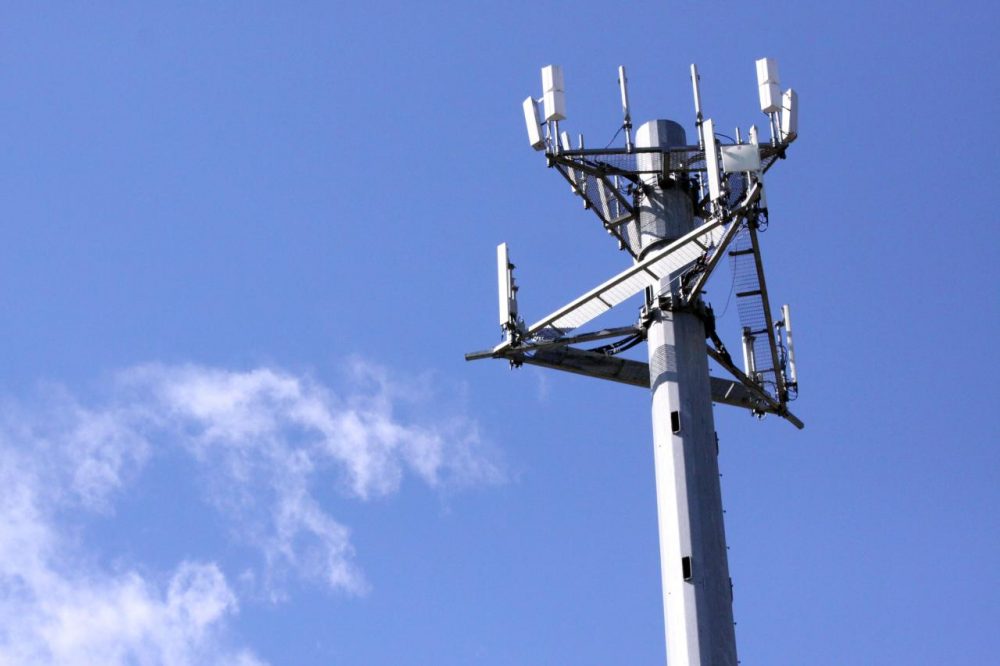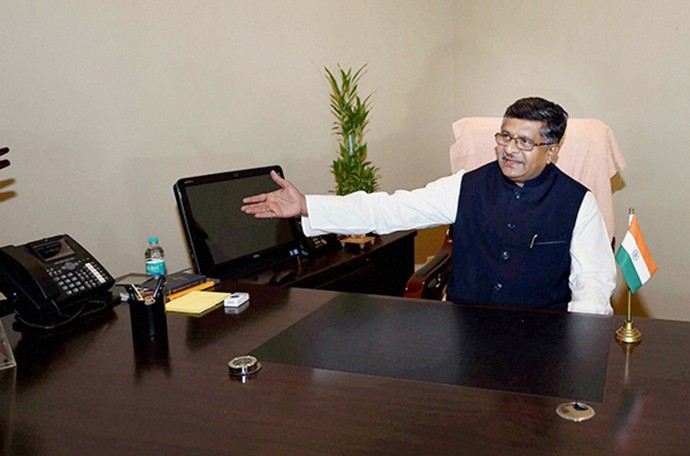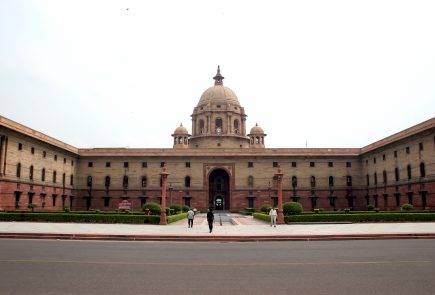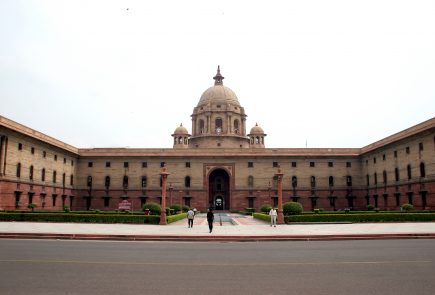Indian Government’s Communication Convergence Bill to Replace TRAI

During the administration of Prime Minister Atal Bihari Vajpayee, a bill was introduced called the Communication Convergence Bill. It was year 2000, way before the emergence of internet and mobile phones as influential communication systems capable of changing regimes in multiple nations. The bill’s objective was to establish a new “converged” regulatory framework to promote and develop the communications sector (including broadcasting, telecommunications and “multimedia”) in an environment of increasing convergence of technologies, services and service providers. Now the present government wants to bring back the bill from the dead.
The bill was to replace the Indian Telegraph Act, 1885; the Indian Wireless Telegraphy Act, 1933; the Cable Television Networks Regulation Act, 1995; the Telecom Regulatory Authority of India Act, 1997. This bill would in the end replace TRAI and the Telecom Disputes Settlement and Appellate Tribunal (TDSAT). The government will form a singular commission called the Communication Commission of India that would overlook all communication infrastructures.

The bill was announced by India’s Minister of Communications and Information Technology, Ravi Shanker Prasad
This would be the second big move for this government after scrapping the long-standing policy body called the Planning Commission. Its scrapping was announced by the Prime Minister in his Independence Day speech this year.
The Communication Commission will have seven members. Each member would be a domain expert on areas such as telecom, broadcasting, information technology, law and consumer affairs and finance. Its mandate would be to stimulate market competition in order to ensure better quality services for the consumer and prevent monopolies.
The new Commission will not just replace TRAI and TDSAT but will also take up some of the powers from the Censor Board; some clearances that the Ministry Of Environment gives out, the Competition Commission of India and the Department of Telecommunications. This will directly try to regulate the content as well as the carriers who distribute that content.
On the face of it, this law seems consumer friendly, but if not planned right it can introduce another set of red tapes. By trying to control content, the government will take upon a major headache and can cause over-centralization, especially at the speed at which content is being generated presently. According to TRAI Chairman Rahul Khullar’s interaction with CNBC-TV18, a super-regulator has a potential to complicate the tough regulatory platform of the telecom industry.
Last time the bill couldn’t pass because of concerns from the other stakeholders. The bill was not persuded by the previous UPA government. This time around, with a massive majority in the parliament, the government can get the law to pass if DoT finalizes it for an introduction by the winter session this year. It will be interesting to see in the coming days, how the government plans to adopt this 14-year old law into the current times. This is an important aspect of governance that citizens need to know about as our present and future economy is getting dependent on good communication infrastructure. Even information rights activists will keep a close eye at the developments of this bill.























